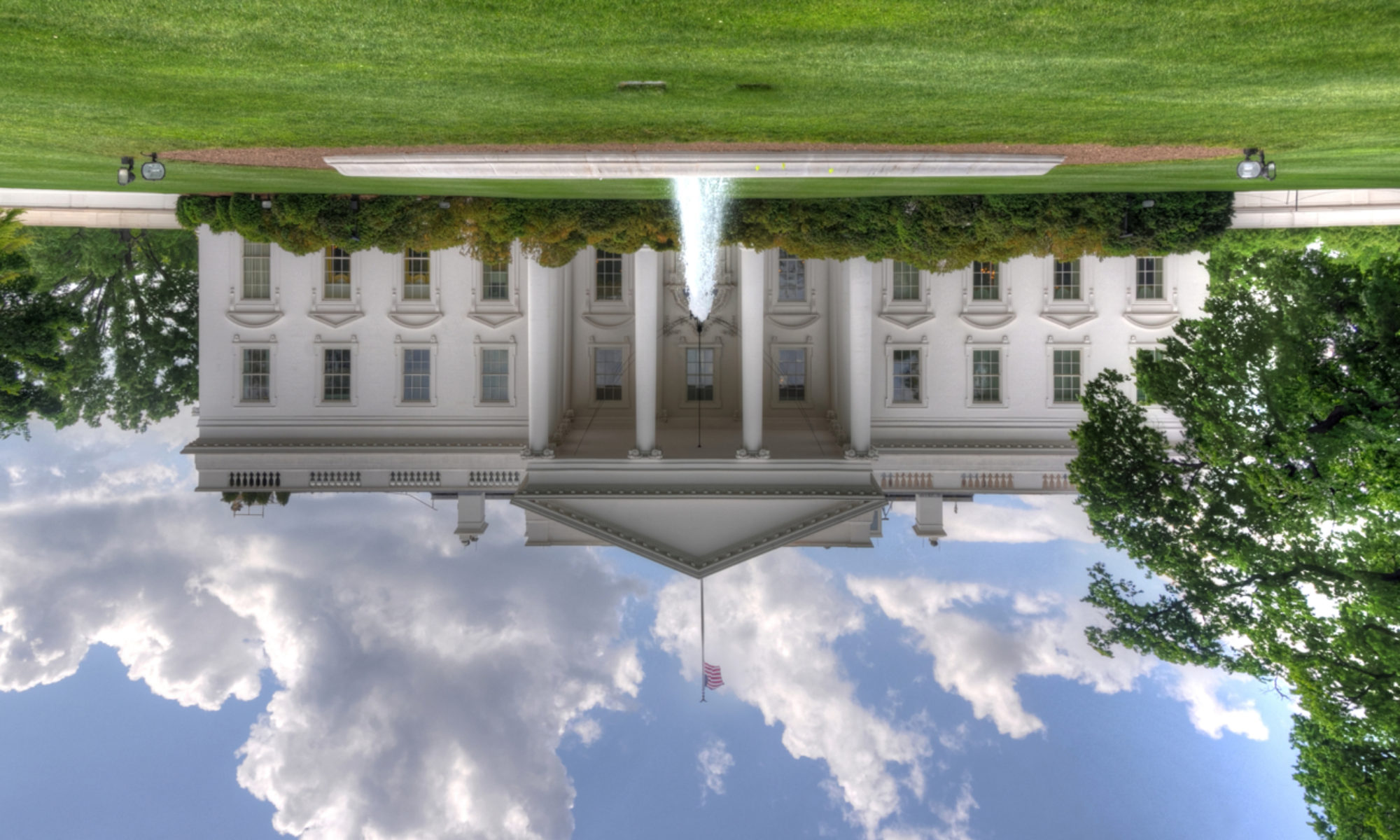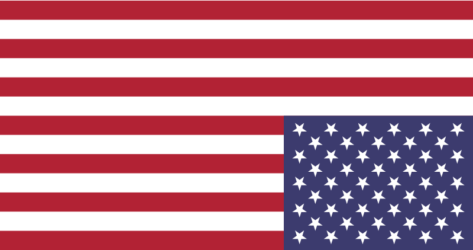Minutes after news of Supreme Court Justice Ruth Bader Ginsburg’s passing on Friday, Senate majority leader Mitch McConnell was announcing plans for her replacement. Without even a pause to pay respects, and with no regard for Ginsburg’s legacy or for her dying wish that she not be replaced until after the presidential election, McConnell was joined by various other Republican lawmakers announcing their support for Donald Trump’s immediate appointment of a Supreme Court justice to replace Ruth Bader Ginsburg.
Republicans are already explaining away the fact that they’ve changed their imaginary rules mid-game. In election year 2016, they blocked Obama’s nomination to replace deceased Justice Antonin Scalia, saying that the next president should select the next justice. “Let the American people decide,” they said then. The GOP held the seat open for nine months.
Now, facing a vacant seat just weeks away from the 2020 presidential election, they’ve crafted an opportunistic rationalization for their eagerness to appoint a right-leaning justice, based on a non-existent “rule” that “If both the White House and the senate are of the same party, they go forward with the nomination.”
Even though numerous Republican lawmakers are on record as agreeing with McConnell in 2016 that a new justice should not be appointed until after a presidential election, these same lawmakers are ignoring the hypocrisy in their support of McConnell’s recent conveniently revised stance.
Senator Tom Cotton (R-Ark.), who said in 2016, “Why would we squelch the voice of the people? Why would we deny the voters a chance to weigh in on the makeup of the Supreme Court?”
In 2020, however, when Fox News’ Chris Wallace challenged Cotton and the apparent hypocrisy of the GOP, Cotton said, “The Senate majority is performing our constitutional duty and fulfilling the mandate that the voters gave us.”
Among the many other GOP lawmakers who spoke in 2016 “on behalf of the American people” to oppose a nomination by Obama “in an election year,” are these:
Senator Ted Cruz (R-Texas), who said in 2016, “It has been 80 years since a Supreme Court vacancy was nominated and confirmed in an election year. There is a long tradition that you don’t do this in an election year.”
Senator Marco Rubio (R-Fla.), whose 2016 position was: “I don’t think we should be moving on a nominee in the last year of this president’s term – I would say that if it was a Republican president.”
Right.
Senator Rob Portman (R-Ohio) said in 2016, “I believe the best thing for the country is to trust the American people to weigh in on who should make a lifetime appointment that could reshape the Supreme Court for generations.”
Senator Chuck Grassley (R-Iowa), held in 2016 that “A lifetime appointment that could dramatically impact individual freedoms and change the direction of the court for at least a generation is too important to get bogged down in politics. The American people shouldn’t be denied a voice.”
To date, only two Republican senators, Lisa Murkowski of Alaska, and Susan Collins of Maine, have spoken up to say they don’t think the Senate should vote on a nominee before the presidential election. Both have acknowledged the standard set in 2016, when Republicans blocked even a hearing for Obama’s nominee, Merrick Garland.
Meanwhile, Donald Trump says he wants to “act fast” to get a confirmation before the November 3 election. Trump said that a nominee may be announced as early as Friday or Saturday (September 25 or 26). We can only hope his announcement follows the timeline of his imaginary health care plan that he has said for three years was coming “in two weeks.”
Trump has floated a number of possible nominees, saying he wants to appoint a woman because “I like women.”
Demonstrating the stringency of his requirements for a nominee, Trump said of one possible nominee, Barbara Lagoa, a Florida judge of Cuban descent who has the backing of many evangelicals, “She’s excellent. She’s Hispanic. She’s a terrific woman from everything I know. I don’t know her. Florida. We love Florida.”
Another possible nominee, Amy Coney Barrett, has stood out as very likely to be Trump’s choice. Barrett, a Chicago 7th Circuit Court of Appeals judge, was in the running for the Supreme Court justice seat that ultimately went to Brett Kavanaugh. Coney, a favorite among religious conservatives, has a record of ruling in favor of various “pro-life” (anti-abortion) efforts to restrict abortion access, though she has never ruled directly on abortion. Barrett has also shown support for expanded gun rights and hardline immigration policies, and has voiced opposition to the Affordable Care Act.
During the 2017 confirmation hearing for her post on the Circuit Court, Senator Dianne Feinstein said to Barrett, “The dogma lives loudly within you.” This, no doubt, continues to make evangelical fundamentalists howl with the glee of possibility.
By nominating a woman who is “pro-life,” who favors expanded gun rights, who favors tougher immigration laws, and who might elect to strike down “Obamacare,” Donald Trump would be checking a number of his base’s boxes. He no doubt expects more votes from outside his base, too, by the sheer act of appointing a woman.
We can be sure, though, that even if Donald Trump nominates a woman to replace Ruth Bader Ginsburg, she will be a darling of the evangelical right, and therefore, the opposite of Ginsburg, who led the liberal arm of the U.S. Supreme Court. She will be in a position to overturn what Ruth Bader Ginsburg spent her career working for, and she will be no champion of other women.
NPR’s Nina Totenberg said of Ginsburg, “She changed the way the world is for American women. For more than a decade, until her first judicial appointment in 1980, she led the fight in the courts for gender equality. When she began her legal crusade, women were treated, by law, differently from men. Hundreds of state and federal laws restricted what women could do, barring them from jobs, rights and even from jury service. By the time she donned judicial robes, however, Ginsburg had worked a revolution.”
Ruth Bader Ginsburg championed women’s rights, as well as LGBTQ rights and minority rights because she acknowledged them as human rights. Many Americans can scarcely remember when women weren’t allowed to purchase a home without a husband or a male co-signer, or when a woman couldn’t open a credit card without the signature of a male. Many Americans also can’t remember the days before affirmative action.
The Republican lawmakers who currently fill the seats in the U.S. Congress have consistently shown that they value Donald Trump’s endorsement over honor; and personal gain over the good, or the will, of their constituents. Though they continue to try to justify their hypocrisy, this instance is no different from every other time they’ve chosen self-preservation over integrity. it does no good to try to appeal to their consciences by pointing out the hypocrisy in their rush to fill Ruth Bader Ginsburg’s seat… they have squelched their consciences for so long that conscience is no longer of any consequence.
What McConnell, Graham said about Supreme Court vacancy in 2016 |
The Hill [2020-09-19]
What Senate Republicans have said about filling a Supreme Court vacancy | Washington Post [2020-09-18]

